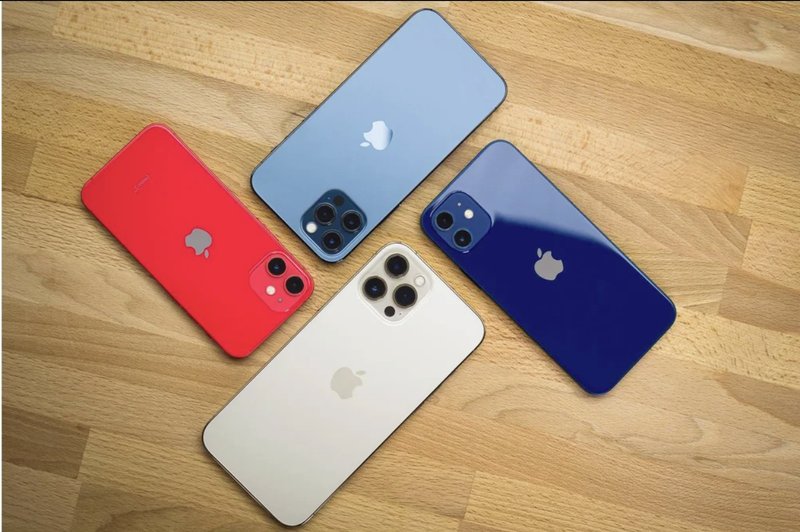The refurbished electronics market has evolved from a niche alternative into a $65.8 billion global industry, growing 23% year-over-year. This explosive growth reflects fundamental shifts in consumer behavior, environmental consciousness, and technology maturity that are reshaping how people acquire premium electronics.
Market Size and Growth Trajectory
The refurbished electronics market has experienced unprecedented growth over the past five years, driven by converging economic, environmental, and technological factors:
Global market size 2025
↗ 23% YoY
Devices refurbished 2024
↗ 31% YoY
Consumer acceptance rate
↗ 18% vs 2022
Tons e-waste prevented
↗ 27% vs 2023
Key Market Drivers
Several interconnected factors are fueling the rapid expansion of the refurbished electronics market:
1. Economic Value Consciousness
Consumer priorities have shifted dramatically. Research shows 78% of buyers now prioritize value over brand-new status, up from 61% just three years ago. This shift transcends economic downturns—it represents a fundamental reassessment of where value lies in consumer electronics.
Consumer Value Priorities
- 78% prioritize functionality and price over brand-new status
- 64% consider sustainability in purchasing decisions
- 56% actively research refurbished options before buying new
- 82% would recommend refurbished to friends and family
2. Quality Standardization and Trust
Industry-wide quality improvements have dramatically increased consumer confidence. The establishment of standardized testing protocols, warranty coverage norms, and certification programs has increased buyer confidence by 34% since 2022.
3. Environmental Awareness
Sustainability concerns are no longer peripheral—they're central to purchasing decisions for a growing majority of consumers. The refurbished market directly addresses electronic waste, which has become the fastest-growing waste stream globally.
"Each refurbished device prevents approximately 47kg of CO2 emissions and extends technology lifecycles by an average of 3.2 years, directly combating the 50 million tons of e-waste generated annually worldwide."— Global E-Waste Monitor, 2025
Consumer Demographics and Behavior
The refurbished electronics market spans diverse consumer segments, each with distinct motivations and purchasing patterns:
Millennials (45% of Market)
The largest buyer segment, driven by both value consciousness and environmental priorities. Millennials show strong brand loyalty to refurbished vendors with transparent practices and sustainability commitments.
Gen Z (28% of Market)
The fastest-growing segment, with environmental considerations often outweighing brand-new appeal. Gen Z buyers extensively research vendor certifications and sustainability credentials before purchasing.
Business Buyers (23% of Market)
Companies increasingly turn to refurbished electronics for fleet procurement, driven by cost optimization without sacrificing functionality. Business buyers prioritize vendor reliability, bulk purchasing options, and consistent quality.
Device Category Performance
Different device categories show varying adoption rates and market dynamics:
Smartphones
52% of marketLargest category by volume, led by iPhone refurbishment. Average savings: 35-45% vs new.
Growth Driver: Rapid release cycles create excellent previous-gen value
Laptops
31% of marketStrong business procurement segment. MacBooks dominate refurbished laptop market.
Growth Driver: High new prices make refurbished particularly attractive
Tablets
12% of marketGrowing education and secondary device segment. iPads lead category.
Growth Driver: Perfect for kids and casual use cases
Regional Market Dynamics
Geographic variations reveal different adoption patterns and growth opportunities:
- North America: Mature market with 41% penetration, driven by environmental consciousness and value focus
- Europe: Strongest sustainability focus, with regulatory support for circular economy initiatives
- Asia-Pacific: Fastest-growing region at 38% CAGR, led by emerging middle class seeking premium brands
- Latin America: Price-driven adoption with growing quality awareness and vendor expansion
Industry Challenges and Evolution
Despite rapid growth, the refurbished electronics market faces challenges that are driving industry evolution:
Quality Perception Gap
While 72% of consumers now accept refurbished electronics, 33% still harbor concerns about quality and reliability. Industry responses include:
- Standardized certification programs and quality seals
- Extended warranty offerings matching or exceeding new products
- Transparent testing protocols and condition grading systems
- Customer education initiatives about refurbishment processes
Supply Chain Complexity
The refurbished market depends on consistent device acquisition, creating supply chain challenges during high-demand periods. Leading vendors are addressing this through:
- Direct partnerships with enterprises for fleet trade-ins
- Trade-in program optimization and customer incentives
- Global sourcing networks to balance regional supply variations
Future Outlook: 2025-2030
Market projections indicate continued strong growth with several emerging trends:
Five-Year Market Projections
Projected market size 2030
Expected 5-year CAGR
Projected consumer acceptance
Emerging Trends
- AI-Powered Quality Assessment: Automated testing and grading systems improving consistency
- Subscription Models: Device-as-a-service offerings reducing ownership barriers
- Enhanced Sustainability Tracking: Carbon footprint quantification per device
- Blockchain Authentication: Verifiable device history and certification tracking
- Same-Day Refurbishment: Accelerated processing for faster inventory turnover
Industry Implications
The growth of the refurbished electronics market has broader implications for the technology industry:
- Manufacturer Response: OEMs increasingly launching certified refurbished programs
- Extended Support Cycles: Longer software update commitments supporting device longevity
- Modularity Focus: Design emphasis on repairability and component replacement
- Circular Economy Integration: Technology manufacturers adopting take-back and recycling programs
Conclusion
The refurbished electronics market has transitioned from alternative option to mainstream choice, driven by converging economic, environmental, and quality factors. As industry standards mature and consumer acceptance grows, the sector is positioned for continued strong growth through 2030 and beyond.
For consumers, this evolution means more choice, better quality assurance, and significant cost savings. For the industry, it represents a fundamental shift toward sustainable technology consumption and circular economy principles.
Join the Refurbished Revolution
Experience the quality, savings, and sustainability of premium refurbished electronics backed by industry-leading standards.
